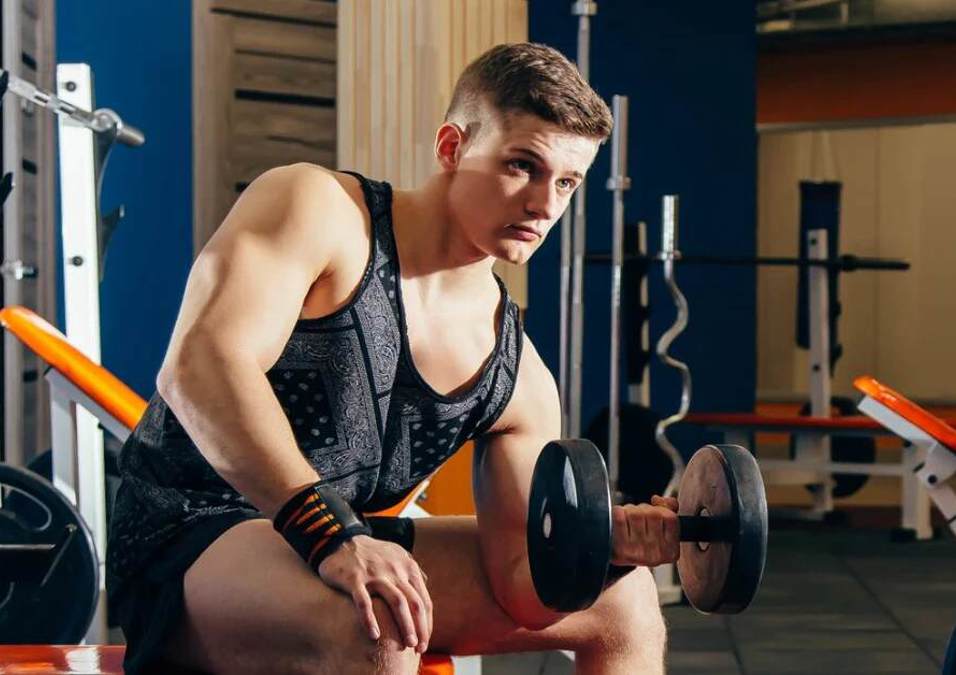Beyond Physique and Dysmorphia

SIGN UP FOR YOUR FREE DAY PASS TODAY!
I feel more energized and focused than I ever have before. However, as I have changed, so have the preferences of my algorithm.
For much of my life, I struggled with dissatisfaction about my appearance.
Although I wasn’t unhealthy, my childhood habit of playing video games and consuming large portions of white rice left me far from resembling the models, superheroes, and movie stars I admired.
One day, my doctor suggested that although my body fat levels were within an acceptable range, shedding a few centimeters around my waist and dropping some weight wouldn’t hurt.
My motivation wasn’t purely health-driven—I won’t pretend otherwise.
Being a gay man, I was all too aware of our tendency to idolize ultra-fit physiques shaped by five-day gym routines.
Studies show that for gay men, physique, alongside factors like race and income, is a significant source of anxiety and comparison.
My experience on Grindr reinforced this—muscles and lean abs almost always attracted more attention than personality or charm.
It was under these circumstances, albeit not entirely mentally healthy ones, that I embarked on my fitness adventure.
I meticulously tracked every calorie, swapped chicken thighs for leaner chicken breasts, and weighed every gram of rice I consumed.
My gym routine stretched to five or six sessions a week, where I prioritized heavy lifting and staying active through walking.
Over time, the effort paid off. After a year, I had shed weight and gained muscle.
For the first time, I didn’t despise my reflection. My face appeared slimmer, my shirts fit better across the shoulders, and some of my pants no longer fit at all.
Two years after starting this fitness regimen, my doctor confirmed I had hit the waist size I’d been targeting.
It felt like I was seeing life through a new perspective. Food became less about taste and more about macronutrients—protein, carbs, and fats.
Snacks without any nutritional value didn’t tempt me anymore, and I stopped taking snack breaks at work. I quit drinking altogether.
Along with these changes, my online algorithm evolved too. Fitness influencers and thirst traps had always popped up on my feed, but now they dominated it.
My subconscious developed a deeper fixation on this version of masculinity, accepting it as my goal.
The concept of “physique inflation” becomes apparent when observing cultural shifts. Consider Tobey Maguire in 2002’s Spider-Man.
His spider bite not only gave him superpowers but also a shredded physique. At the time, his toned abs, chest, and arms were groundbreaking for a superhero on screen.
Fast forward to now, and scrolling through my feed reveals fitness influencers and bodybuilders who rival the size and build of Arnold Schwarzenegger.
Maguire's 2002 transformation, once awe-inspiring, would barely register as impressive in comparison to today’s inflated standards.
Nowadays, even teens—often with impressive lean mass typically only seen in elite athletes—showcase physiques that seem almost unattainable for the average person.
This shift affects even how I see myself. I notice the new features on my body—pectorals and developed shoulders—but I also zero in on what I perceive as flaws, such as my belly or love handles.
And then there are the lingering frustrations. Why are my arms still so thin? Why does my chest muscle insertion look like that?
With these inflated standards, it’s no wonder so many young men in Australia feel dissatisfied with their bodies.
Thousands have reportedly turned to performance- and image-enhancing drugs (PIEDs) to achieve their goals.
This culture has even spawned its own slang—“gear” or “juice,” as they call it. Online, there’s a Subreddit where users try to guess whether someone is “natty” (short for natural athlete) or using these enhancements.
On platforms like social media, though, it’s almost impossible to tell. Some people may just be genetically blessed, able to build muscle and stay lean year-round.
But it’s just as likely that others rely on PIEDs for their edge.
At times, I stand in front of the mirror questioning whether I’ll ever achieve my ideal physique. Despite this, I remain committed to my gym routine.
Training gives me much more than just the chance to sculpt my body—it brings me a sharper focus and an endless reserve of energy.
Even if body dysmorphia occasionally lingers in the background, I know the positive aspects of fitness are worth holding on to.
Source: theguardian
The opinions shared in the GymNation blog articles are solely those of the respective authors and may not represent the perspectives of GymNation or any member of the GymNation team.
GET YOUR FREE TRIAL TODAY
















































































